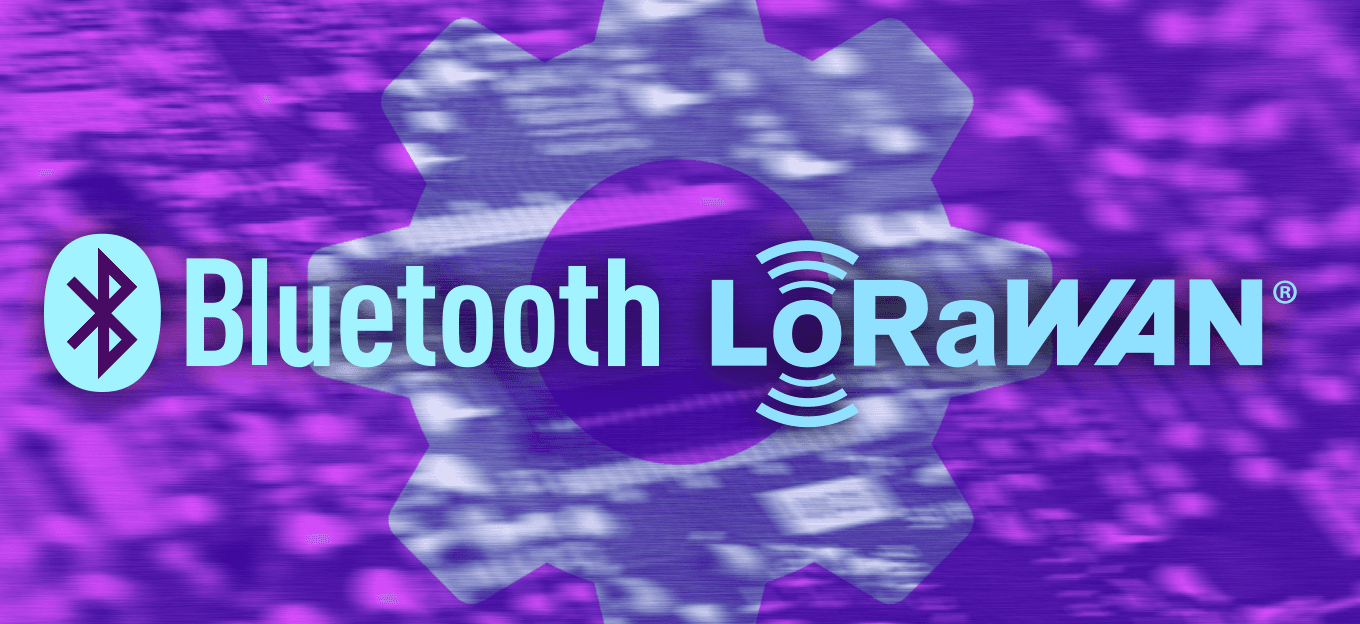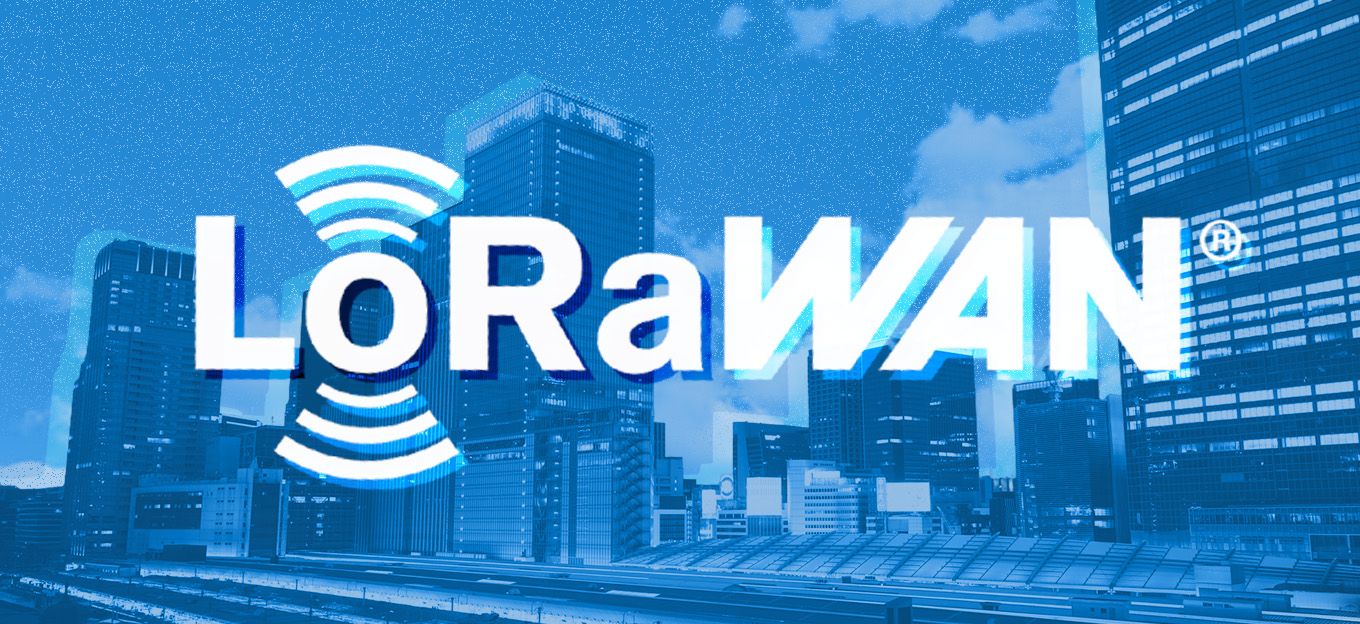Making Smart Buildings a Reality for Property Owners and Facility Managers
Making Smart Buildings a Reality for Property Owners and Facility Managers
- Last Updated: June 25, 2025
Netmore
- Last Updated: June 25, 2025



Building owners and facility managers are turning to technology to improve efficiency, sustainability, and occupant comfort while simultaneously working toward reducing operation and maintenance costs. Using a range of wireless sensors, those responsible for building operations can automate the collection of data to monitor energy usage, infrastructure issues, room usage, supply levels,r and more, turning their building into a data-powered resource - a smart building that can provide insights into everything within.
"Building owners and facility managers are turning to technology to improve efficiency, sustainability, and occupant comfort while simultaneously working toward reducing operation and maintenance costs."
Outfitting a structure with networked wireless sensors that collect and report data about the environment, such as water and gas leaks, lighting, HVAC operation, and security, and sharing that information in real time allows building managers to automate and optimize operations. But not all networks are created equal. For companies looking to reap the benefits of sensor-enabled building management, LoRaWAN networks with flexible deployment options and robust management features provide a cost-effective, efficient, and secure solution for device connectivity.
Why LoRaWAN is Beneficial for Building Owners and Facility Managers
LoRaWAN is a low-power, wide-area network (LPWAN) communication protocol well-suited for use in everything from office buildings, multi-dwelling units, hotels, and restaurants to larger structures like airports, convention centers, or even university and business campuses. It offers several advantages, including:
- Long range: LoRaWAN devices can communicate over long distances, making them ideal for use in large buildings or campuses.
- Low power consumption: LoRaWAN devices have very low power consumption, which means they can run for 10-15 years on a single battery.
- Security: The LoRaWAN protocol provides end-to-end 128-bit AES encryption, combined with several modes of operation for integrity protection. Additional layers of security such as MTE (MicroToken Exchange) are also supported by forward-thinking network operators to support critical infrastructure and essential business applications.
LoRaWAN also has strong propagation characteristics that can maintain connectivity into and across hard-to-reach localized areas while transferring data through building materials and dense enclosures like steel walls or thick concrete.
LoRaWAN Use Cases in Buildings and Campuses
With a LoRaWAN network in place, building and facility managers can automate existing manual processes and improve infrastructure and system operation across key areas. Here are several ways LoRaWAN can be used in buildings and across campuses.
- Infrastructure monitoring: IoT devices can be used to monitor equipment operation and usage to identify areas where energy is being wasted or identify potential mechanical problems before they occur. For example, leaks, faulty operations, and breakdowns can be detected sooner by deploying sensors on HVAC systems, water, and gas pipes, or for steam trap and boiler monitoring. Addressing emergencies or failures sooner can prevent significant and costly impacts on the physical building and its occupants while providing energy and money savings over time through rapid response and predictive maintenance.
- Water leak detection: Water leak detection using LoRaWAN is ideal for providing 24×7 visibility and protection against unnoticed water damage. With real-time notification of water leaks, building engineering, and maintenance resources can take preventative action to avoid flooding, damage, and losses.
- Gas leak detection: Natural gas detectors using LoRaWAN can alert residents, workers, and staff of leaks to facilitate rapid evacuation and notify maintenance and safety personnel of emergency service needs. With residential and commercial appliance gas leaks contributing significantly to global warming, detecting and fixing leaks proactively can also help reduce this negative environmental impact.
- Environmental monitoring: LoRaWAN sensors can be used to monitor environmental conditions in buildings and campuses, such as temperature, humidity, light, movement, and air quality. This information can then be used to adjust the building's environmental systems to ensure that occupants are safe and comfortable.
- Submetering (water, gas, electric): For large commercial, mixed-use, or multi-family buildings with long ranges between units or utility service locations, LoRaWAN is a great network option for submetering. The long-range capability of LoRaWAN eliminates the need for network extenders or repeaters, contributing to lower infrastructure installation and maintenance costs. In addition to precisely measuring usage and streamlining billing, submetering systems also help building owners achieve maximum energy efficiency, reduce operating expenses, increase operating income, and improve property valuation.
- Asset and supplies tracking: Network-connected devices can be used across warehouses, convention centers, airports, and college and university campuses to track the location of equipment or inventory in and around buildings – both indoors and outside. Tracking deliveries, replenishing supplies promptly, and improving asset availability and use can have a significant impact on facility operations and related costs.
- Occupant experience: LoRaWAN devices can be used to provide occupants with real-time information about the building, such as parking availability, workspace, and equipment availability. With this information, occupants can make better decisions about when and how to use the building. Improving occupant experience can lead to improved productivity and well-being.
- Security: Network-connected sensors can be used in residential, commercial, retail, and educational facilities to monitor doors and windows to detect unauthorized access, open or unsecured states, or unexpected movement. This information can be used to alert security personnel of potential risks/dangers, preventing potential theft or vandalism and creating la more secure environment.
These use cases are only a sampling of the ways that LoRaWAN networks and devices can be used, and new devices and use cases are constantly expanding what is possible.
Unlocking the Potential of Smart Buildings
In an era of rapidly advancing technology and evolving occupant expectations, building owners face the challenge of meeting high demands while making timely investments. Network connectivity plays a crucial role in the puzzle of smart buildings, and although it has traditionally been a hurdle, exploring innovative solutions such as LoRaWAN can revolutionize the way building owners serve their occupants and stakeholders.
By integrating intelligent building systems with LoRaWAN networks, building owners and managers can unlock a wealth of actionable data, enhancing operational visibility, gaining valuable insights, and improving occupant experiences. Additionally, a cost-effective sensor network offers building owners and insurance providers a proven solution to proactively mitigate risks and decrease maintenance and repair costs, leading to an improved market value of the property.
By embracing the power of LoRaWAN, building owners can open doors to a smarter, more efficient, and future-ready built environment.
The Most Comprehensive IoT Newsletter for Enterprises
Showcasing the highest-quality content, resources, news, and insights from the world of the Internet of Things. Subscribe to remain informed and up-to-date.
New Podcast Episode

Moving Past the Pilot Phase in IoT and AI
Related Articles





